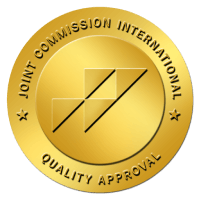DIAGNOSTIC AND THERAPEUTIC UPPER ENDOSCOPY
Upper GI endoscopy is a procedure performed to diagnose and in some cases, treat problems of the upper digestive system.
Upper GI endoscopy can be helpful in the evaluation or diagnosis of various problems, including difficult or painful swallowing, pain in the stomach or abdomen, and bleeding, ulcers, and tumors.
Benefits
An upper GI endoscopy is both diagnostic and therapeutic. This means the test enables a diagnosis to be made upon which specific treatment can be given. If a bleeding site is identified, treatment can stop the bleeding, or if a polyp is found, it can be removed without a major operation. Other treatments can be given through the endoscope when necessary.
Indications
- Difficulty or pain on swallowing
- I. bleeding- hematemesis, melena, or iron-deficiency anemia
- Troublesome heartburn
- Persistent ulcer-like pain
- Dyspepsia
- With anorexia or weight loss
- Taking aspirin or NSAIDs
- With a history of gastric ulcer
- Persistent nausea, vomiting, or symptoms suggestive of pyloric obstruction
- Gastric ulcer demonstrated by barium meal
- Duodenal biopsy for suspected malabsorption
Upper GI endoscopy is usually performed on an outpatient basis. The endoscope is a long, thin, flexible tube with a tiny video camera and light on the end. By adjusting the various controls on the endoscope, the endoscopist can safely guide the instrument to carefully examine the inside lining of the upper digestive system. The high quality picture from the endoscope is shown on a TV monitor; it gives a clear, detailed view. In many cases, upper GI endoscopy is a more precise examination than X-ray studies.






